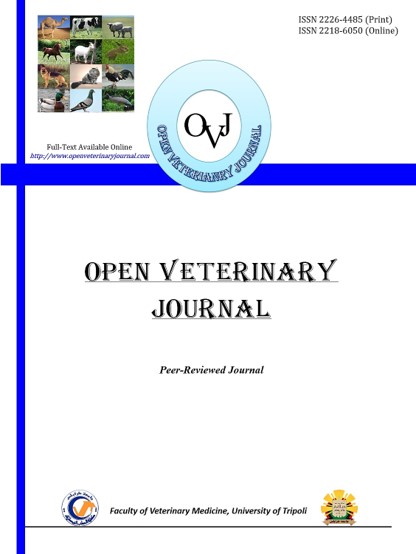Ecosystem services (ES) are critical to human well-being, especially in developing countries. Improved understanding of the status of ES is required to help people improve their quality of life. The status of ES is largely unknown in many regions of Nepal. This study was carried out in one of Nepal’s biodiversity hotspots, the Panchase Mountain Ecological region (PMER), to identify, prioritize and map the major ES in the region. Primary data for the study were collected through key informant interviews, focus group discussions, a transect walk, and field observations. Similarly, secondary data were obtained from published and unpublished reports and satellite images of the study area. The data were analyzed both qualitatively and quantitatively. Thirty-seven ES were identified from the study landscape. Among them, nine were provisioning services, thirteen regulating services, nine cultural services, and six supporting services. Interestingly, the prioritization of ES among stakeholders differed on the basis of their background, particular features of their landscape, professional engagement, and individual interests. For instance, forest users prioritized provisioning services for their daily needs whereas forest managers prioritized regulating and cultural services for overall ecosystem management and aesthetic values. Mapping of the ES from the landscape for 1995 and 2015 identified that forest area and associated ES have likely increased, especially in the upland regions, while agricultural land and their associated ES have decreased. The study can be used as a reference by planners and policy makers in managing ES in the PMER to increase synergies and reduce trade-off among various services.
Download:
DOI:
https://doi.org/10.3390/f9090554
Pontuação Altmetric:
Dimensões Contagem de citações:




















